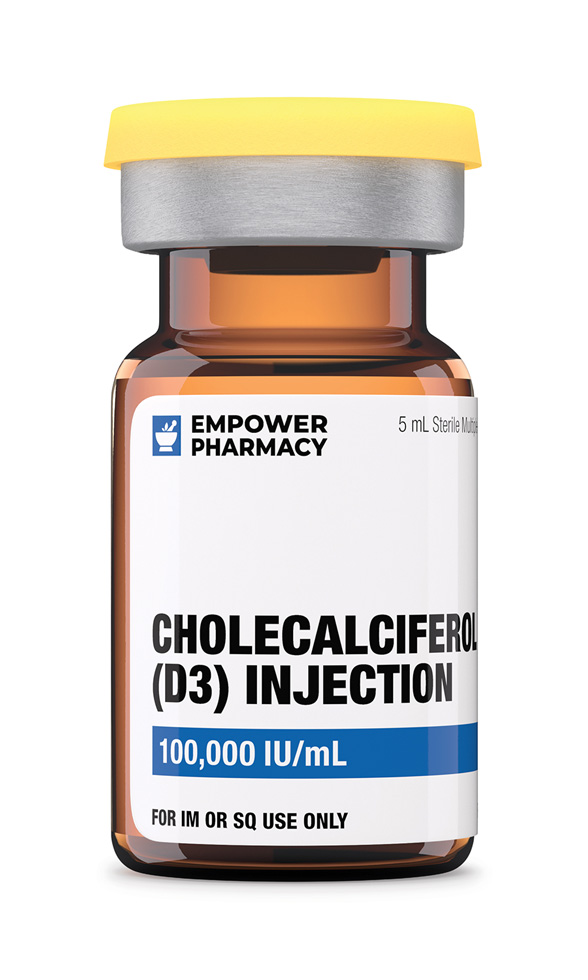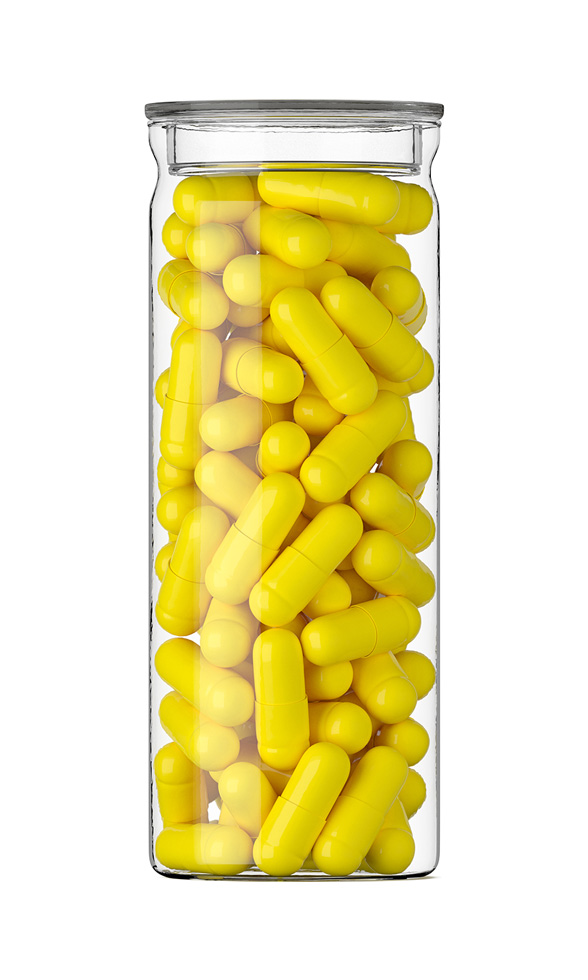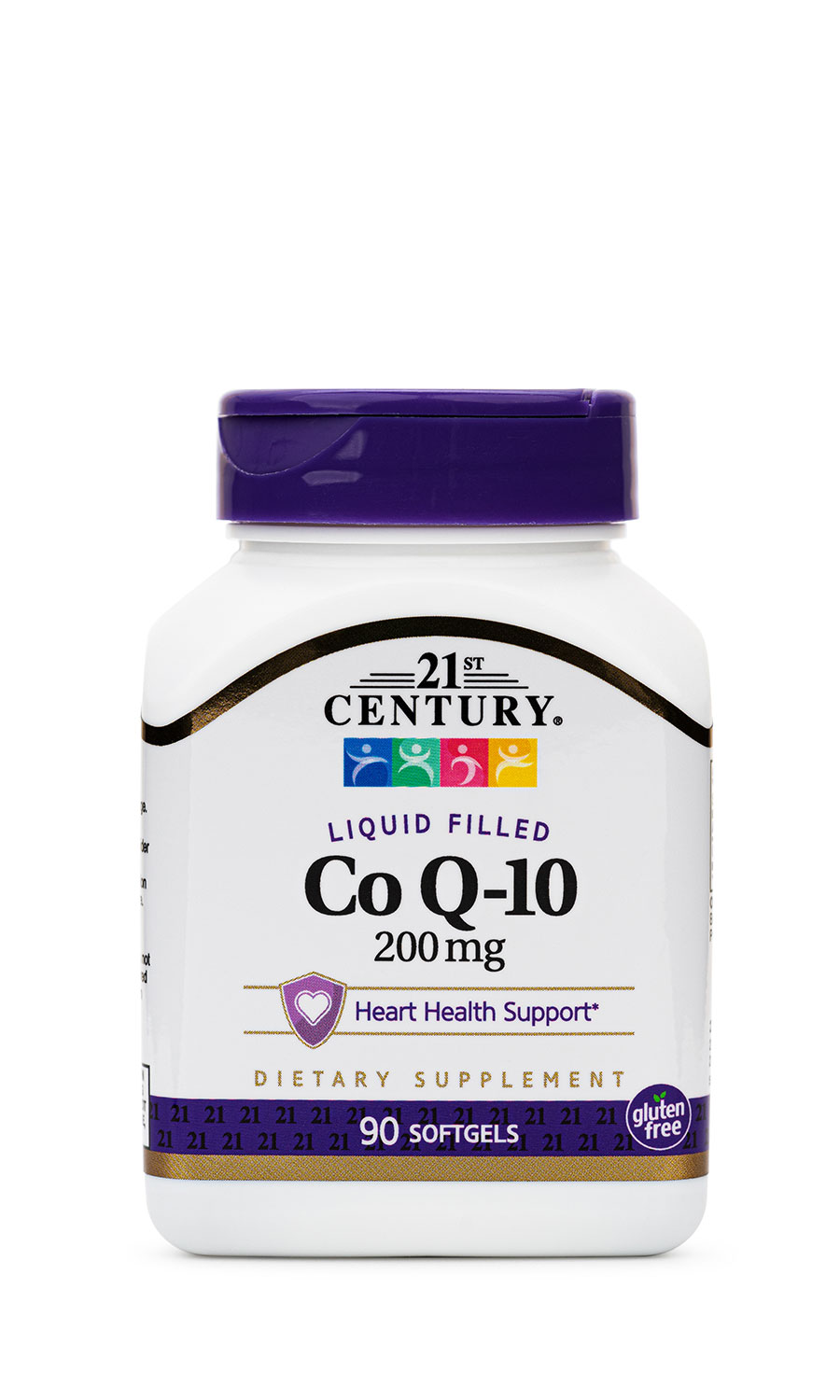- Description
- Reviews (0)
- Store Policies
- Inquiries
Description
Overview of Cholecalciferol (Vitamin D3) Injection
-
Dosage Strength of Cholecalciferol Injection
- 100,000 IU/mL 5 mL Vial
Vitamin D is a fat-soluble vitamin and has two primary forms: cholecalciferol (vitamin D3) and ergocalciferol (vitamin D2). Cholecalciferol has a 10-fold increased potency as compared to ergocalciferol. Furthermore, it induces a quicker response in the production of serum calcidiol that sustains longer at higher concentrations. Various foods are fortified with vitamin D, including milk and cereal. Other dietary sources include fish liver oils, fatty fish, and eggs from hens that have been supplemented with vitamin D.
Cholecalciferol is synthesized by the skin after exposure to sunlight. In healthy individuals, 7-dehydrocholesterol in the skin is converted to cholecalciferol. Brief exposure of approximately 20% of body surface area to sunlight is equivalent to ingesting 200 IU of cholecalciferol. Thus, cutaneous production is highly efficient. However, many individuals lack the ability to efficiently produce adequate stores of cholecalciferol. Therefore, cholecalciferol supplementation is essential.
The chemical structure differences between the two forms of vitamin D do not affect the metabolism or clinical responses once activated within the body. Although animal experiments have indicated a difference in toxicity between vitamin D3 and vitamin D2, human studies have been inconclusive. Vitamin D is responsible for appropriate calcium and phosphate balance and is required for normal bone growth and mineralization. Patient specific dosing can be determined by measuring 25-hydroxyvitamin D [25(OH)D] serum concentrations, which represent all sources of vitamin D (e.g., sunlight and dietary or from supplements). Although cholecalciferol is labeled for use in several disease states, the primary use is now for vitamin D supplementation and the prevention and treatment of vitamin D deficiency and rickets.
NOTE: In the US, nutraceuticals are marketed under the Dietary Supplement and Health Education Act of 1994 (DSHEA). Consequently, nutraceuticals are not regulated under the same restrictions as pharmaceuticals; scientific data supporting claimed benefit(s) are not always available for nutraceuticals. Consumers should also note that rigid quality control standards are not required for nutraceuticals, and substantial variability can occur in both the potency and the purity of these products.
Cholecalciferol is metabolized to its active form, calcitriol (1.25-dihydroxyvitamin D); all vitamin D activity is due to this metabolite. Calcitriol promotes renal reabsorption of calcium, increases intestinal absorption of calcium and phosphorus, and increases calcium mobilization from bone to plasma. Calcitriol promotes intestinal absorption of calcium through binding to a specific receptor in the mucosal cytoplasm of the intestine. Subsequently, calcium is absorbed through formation of a calcium-binding protein. The synthesis of calcitriol is enhanced by elevated parathyroid hormone levels and low plasma phosphorus levels. Hypocalcemia causes release of parathyroid hormone, which stimulates the production of calcitriol.
The vitamin D receptor (VDR) is present in numerous tissues throughout the body; the exact action of calcitriol within these tissues is not completely understood. There is evidence that calcitriol plays a role in the immune system. Calcitriol has been shown to inhibit cancer growth and stimulate cell differentiation.
Clinically, cholecalciferol is similar to ergocalciferol; therefore, clinicians should also take contraindications and precautions for ergocalciferol into consideration when initiating cholecalciferol therapy.
Cholecalciferol should not be used in patients with hypercalcemia, hypervitaminosis D, and vitamin D hypersensitivity or hypersensitivity to any of the excipients in the formulation. Hypersensitivity to vitamin D is one etiologic factor in infants of idiopathic hypercalcemia where vitamin D intake must be restricted.
Patients with renal disease, especially renal failure, may be at increased risk for vitamin D-induced hypercalcemia even with usual dosages. Close clinical monitoring is needed to ensure adequate supplementation and, in pediatric patients, proper growth. In patients with stage 3 or higher kidney disease, use of a vitamin D analog appears preferred, following recommendations of the National Kidney Foundation.
Patients with fat malabsorption due to malabsorption syndrome, cystic fibrosis, Crohn’s disease, some forms of hepatic disease, gallbladder disease or biliary tract disease may require higher doses of vitamin D due to decreases in intestinal absorption. Some patients taking concurrent medications (e.g., certain anticonvulsants) may require higher doses as well. The prescription of active vitamin D analogs may be preferred in such cases.
Ergocalciferol (Vitamin D2) is classified as FDA pregnancy risk category C; dietary supplements of cholecalciferol should be treated similarly with respect to pregnancy. Adverse effects have not been reported with the normal daily intake of Vitamin D within the recommended dietary daily intakes for a pregnant female. Animal reproduction studies have shown fetal abnormalities in several species associated with hypervitaminosis D; therefore, the use of vitamin D in excess of the recommended dietary allowance during normal pregnancy should be avoided unless, in the judgment of the physician, potential benefits outweigh the hazards involved. The RDI of vitamin D during pregnancy is 600 International Units/day with a Tolerable Upper Intake Limit of 4000 International Units/day.
The 25-hydroxyvitamin D metabolite of vitamin D (cholecalciferol) is distributed into human breast milk at concentrations relative to the maternal serum concentration. Typical breast milk concentrations (without maternal supplementation) are not sufficient to prevent vitamin D deficiency in infants that are exclusively breast-fed and do not receive other vitamin D supplementation. Prolonged, exclusive breast-feeding of infants without recommended supplementation is a significant cause of rickets in infants, especially in dark-skinned infants breast-fed by mothers who are not vitamin D replete. Use of vitamin D within the recommended daily dietary intake for lactating women is generally recognized as safe. The recommended daily allowance of vitamin D during breast-feeding is 600 International Units/day with a Tolerable Upper Intake Limit of 4000 International Units/day. While high-dose vitamin D supplementation to nursing mothers has been shown to increase the concentration of vitamin D in breast milk and favorably increase 25(OH)D levels in infants, the results have not been validated and supplementation to infants is still recommended. Generally, the serum calcium concentrations of the infant should be monitored when a nursing mother is prescribed vitamin D in high doses, since hypercalcemia has been reported with high dose maternal use.
Ergocalciferol (Vitamin D2) is classified as FDA pregnancy risk category C; dietary supplements of cholecalciferol should be treated similarly with respect to pregnancy. Adverse effects have not been reported with the normal daily intake of Vitamin D within the recommended dietary daily intakes for a pregnant female. Animal reproduction studies have shown fetal abnormalities in several species associated with hypervitaminosis D; therefore, the use of vitamin D in excess of the recommended dietary allowance during normal pregnancy should be avoided unless, in the judgment of the physician, potential benefits outweigh the hazards involved. The RDI of vitamin D during pregnancy is 600 International Units/day with a Tolerable Upper Intake Limit of 4000 International Units/day.
The 25-hydroxyvitamin D metabolite of vitamin D (cholecalciferol) is distributed into human breast milk at concentrations relative to the maternal serum concentration. Typical breast milk concentrations (without maternal supplementation) are not sufficient to prevent vitamin D deficiency in infants that are exclusively breastfed and do not receive other vitamin D supplementation. Prolonged, exclusive breastfeeding of infants without recommended supplementation is a significant cause of rickets in infants, especially in dark-skinned infants breastfed by mothers who are not vitamin D replete. Use of vitamin D within the recommended daily dietary intake for lactating women is generally recognized as safe. The recommended daily allowance of vitamin D during breastfeeding is 600 International Units/day with a Tolerable Upper Intake Limit of 4000 International Units/day. While high-dose vitamin D supplementation to nursing mothers has been shown to increase the concentration of vitamin D in breast milk and favorably increase 25(OH)D levels in infants, the results have not been validated and supplementation to infants is still recommended. Generally, the serum calcium concentrations of the infant should be monitored when a nursing mother is prescribed vitamin D in high doses, since hypercalcemia has been reported with high-dose maternal use.
The use of other vitamin D analogs with cholecalciferol is not recommended because of the increased potential for additive effects and toxicity.
Like ergocalciferol, cholecalciferol can increase serum phosphorus levels. Concurrent administration of phosphorus salts may increase the toxicity of cholecalciferol.
Magnesium is often combined with vitamin D (e.g., cholecalciferol) and calcium in nutritional supplementation products to supply the recommended RDA/RDI in the general population. As is recommended with other vitamin D analogs, however, antacids, magnesium-containing drug products (e.g., magaldrate, magnesium hydroxide, magnesium citrate ), and supplemental magnesium salts should be used cautiously in selected patients receiving cholecalciferol. Because vitamin D analogs such as cholecalciferol can increase serum magnesium concentrations, particularly in the presence of renal impairment, the combined use of cholecalciferol and magnesium-containing products should be avoided, if possible, in patients with chronic renal failure.
Calcium is often combined with vitamin D (e.g., cholecalciferol) in nutritional supplementation products to supply the recommended RDA/RDI in the general population and to promote optimum bone health. The concurrent use of vitamin D with calcium carbonate or other calcium salts is generally beneficial; in some patients, however, because cholecalciferol can increase serum calcium concentrations, this combination may result in hypercalcemia.
The chronic use of aluminum-containing antacids (e.g., aluminum hydroxide-containing antacids) for hyperphosphatemia in conjunction with vitamin D (e.g., cholecalciferol) can lead to aluminum retention and possible toxicity. This is of primary significance in patients with renal failure.
Barbiturates (e.g., phenobarbital, primidone) can decrease the activity of vitamin D (e.g., cholecalciferol) by increasing its metabolism. In rare cases, this has caused anticonvulsant-induced rickets and osteomalacia. Vitamin D supplementation or dosage adjustments may be required in patients who are receiving chronic treatment with anticonvulsants.
Phenytoin and fosphenytoin can decrease the activity of vitamin D (e.g., cholecalciferol) by increasing its metabolism. In rare cases, this has caused anticonvulsant-induced rickets and osteomalacia. Vitamin D supplementation or dosage adjustments may be required in patients who are receiving chronic treatment with anticonvulsants.
Cholecalciferol should be administered with caution to patients with cardiac disease or those receiving cardiac glycosides. Cholecalciferol may cause hypercalcemia which may affect the actions of the cardiac glycoside and/or lead to cardiac arrhythmias.
Concomitant use of thiazide diuretics and cholecalciferol in patients with hypoparathyroidism can result in hypercalcemia, which is likely due to increased release of calcium from the bone. This condition may be transient or require discontinuation of the vitamin D analog.
Vitamin D (ergocalciferol or cholecalciferol) plus calcium supplements are generally recommended for the prevention of osteoporosis in patients taking long-term corticosteroids. A relationship of functional antagonism exists between vitamin D analogs, which promote calcium absorption, and corticosteroids, which inhibit calcium absorption. Therapeutic effect of vitamin D analogs should be monitored when used concomitantly with corticosteroids.
Cholestyramine can decrease the intestinal absorption of fat and fat-soluble vitamins including cholecalciferol. If used concurrently, administration of the two agents should be staggered for the longest time interval possible.
Colestipol can decrease the intestinal absorption of fat and fat-soluble vitamins including cholecalciferol. If used concurrently, administration of the two agents should be staggered for the longest time interval possible.
Mineral oil can decrease the intestinal absorption of fat and fat-soluble vitamins including cholecalciferol. If used concurrently, administration of the two agents should be staggered for the longest time interval possible.
Orlistat can decrease the intestinal absorption of fat and fat-soluble vitamins including cholecalciferol. If used concurrently, administration of the two agents should be staggered for the longest time interval possible.
In general, the use of supplemental vitamin D according to recommended dietary intakes is not associated with serious adverse reactions. Vitamin D may cause side effects in overdose, but such symptoms associated with hypervitaminosis D (and resultant hypercalcemia) are rarely reported. An excess of vitamin D causes abnormally high levels of calcium in the blood and is almost always caused by vitamin D analogs (e.g., calcitriol, doxercalciferol, paricalcitol), rather than vitamin D found in dietary supplements (e.g., cholecalciferol, ergocalciferol). However, patients taking higher doses of vitamin D supplements should report any of the following potential signs of high vitamin D/calcium concentrations: nausea/vomiting, constipation, loss of appetite, increased thirst (polydipsia), increased urinary frequency, mental/mood changes or irritability, headache, unusual fatigue or tiredness. These symptoms may require clinical evaluation. Anorexia, weight loss, polyuria, and arrhythmias may also be observed. In addition, hypercalcemia due to bone resorption leading to hypercalciuria may be observed in prolonged hypervitaminosis D. In early stages of vitamin D toxicity, hypercalcemia is mild and renal function remains normal. As vitamin D toxicity continues, continued bone resorption and increased calcium levels lead to suppression of parathyroid production. Calcification of the vasculature and other tissues has been associated with prolonged vitamin D toxicity. Data do not support that vitamin D toxicity is associated with kidney stones. Death due to vitamin D intoxication is likely due to renal and cardiovascular failure. Long-term doses of vitamin D of 10,000—40,000 International Units/day and long-term serum 25(OH)D concentrations of 500—600 nmol/L (200—400 ng/mL) are associated with vitamin D toxicity. Symptoms of vitamin D toxicity can become apparent within 4 weeks of continual excessive ingestion. Due to the long half-life of vitamin D, symptoms of toxicity may be prolonged. Excessive sun exposure does not result in vitamin D toxicity.
Risk of growth inhibition in infants due to vitamin D supplements is based on a 1938 report of 35 infants up to 45 weeks of age where high-dose vitamin D supplementation (1800—4500 International Units/day for 6 months) was associated with growth inhibition in comparison with lower dose vitamin D supplements (< 340 International Units/day for 6 months). In a subsequent but smaller study (n=11) performed in 1966, no association between vitamin D supplements and growth inhibition was found. However, due to a possible association, no RDI for vitamin D has been set for infants. A large observational study from Finland in 2011 reported no association between growth inhibition later in life (as evaluated at 14 and 31 years of age) and the administration of vitamin D supplements (2000 International Units/day) during infancy.
Store this medication at 68°F to 77°F (20°C to 25°C) and away from heat, moisture and light. Keep all medicine out of the reach of children. Throw away any unused medicine after the beyond use date. Do not flush unused medications or pour down a sink or drain.
Learn how to prepare medication for self-administered injection.
1.Wagner CL, Greer FR, and the Section on Breastfeeding and Committee on Nutrition. Prevention of rickets and Vitamin D deficiency in Infants, Children, and Adolescents. Pediatrics 2008;112:1142-1152.
2.Institute of Medicine (IOM), Food and Nutrition Board. Dietary Reference Intakes for Calcium and Vitamin D. Washington, DC: The National Academies Press, 2011.
3.Nasim B, Al Sughaiver HMZ, Abdul Rahman SM, Inamdar RFB, Chakaki R, Abuhatab S. Efficacy of Vitamin D3 versus Vitamin D2 in Deficient and Insufficient Patients: An Open-Label, Randomized Controlled Trial. Ibnosina Journal of Medicine & Biomedical Sciences. 2019; 11(2): 57-61.
4.Drisdol (ergocalciferol) package insert. New York, NY: Sanofi-Synthelabo, Inc.; 2009 Nov.
5.Kidney Disease Improving Global Outcomes. KDIGO Clinical Practice Guideline for the Diagnosis, Evaluation, Prevention, and Treatment of Chronic Kidney Disease-Mineral and Bone Disorder (CKD_MBD). 2009. http://www.kdigo.org/pdf/KDIGO%20CKD-MBD%20GL%20KI%20Suppl%20113.pdf.
6.Standing Committee on the Scientific Evaluation of Dietary Reference Intakes – Panel on Dietary Reference Intakes, Food and Nutrition Board, Institute of Medicine (IOM). Dietary Reference Intakes for Calcium, Phosphorus, Magnesium, Vitamin D, and Fluoride. The National Academy of Sciences Press, Washington DC; 1997
7.Drisdol (ergocalciferol) package insert. New York, NY: Sanofi-Synthelabo, Inc.; 2009 Nov.
8.Rocaltrol® (calcitriol) package insert. Nutley, NJ: Roche Laboratories, Inc.; 2004 Jul.
9.Hectorol® (doxercalciferol) package insert. Middleton, WI: Bone Care International, Inc.; 2005 Jun.
10.Drisdol® (ergocalciferol) package insert. New York, NY: Sanofi-Synthelabo, Inc.; 2003 Dec.
11.Chan JC, Jacob M, Brown S, et al. Aluminum metabolism in rats: effects of vitamin D, dihydrotachysterol, 1,25-dihydroxyvitamin D and phosphate binders. Nephron1988;48:61—4.
12.McNamara JO. Drugs effective in the therapy of the epilepsies. Gilman AG, Hardman JG, Limbird LE, (eds.) In: Goodman and Gilman’s The Pharmacological Basis of Therapeutics. 10th ed., New York, McGraw-Hill Companies. 2001:530—2.
13.Marcus R. Agents affecting calcification and bone turnover: Calcium phosphate, parathyroid hormone, vitamin D, calcitonin, and other compounds. Gilman AG, Hardman JG, Limbird LE, (eds.) In: Goodman and Gilman’s The Pharmacological Basis of Therapeutics. 10th ed., New York, McGraw-Hill Companies. 2001:1715—43.
14.Lanoxin® (digoxin) package insert. Research Triangle Park, NC: Glaxo Smith Kline; 2001 Aug.
15.Amin S, LaValley MP, Simms RW, et al. The role of vitamin D in corticosteroid-induced osteoporosis: an analytical approach. Arthritis Rheum 1999;42:1740—51.
16.Reid IR. Preventing glucocorticoid-induced osteoporosis. N Engl J Med 1997;337:420—1.
17.Questran® and Questran® Light (cholestyramine) package insert. Spring Valley, NY: Par Pharmaceutical Inc; 2002 July.
18.Xenical® (orlistat) package insert. Nutley, NJ: Roche Laboratories Inc.; 2005 Jan.
19.Hypponen E, Fararouei M, Sovio U, et al. High-dose vitamin D supplements are not associated with linear growth in a large Finnish cohort. J Nutr 2011;141:843-848.
Be the first to review “Cholecalciferol Injection”
General Inquiries
There are no inquiries yet.










Reviews
There are no reviews yet.